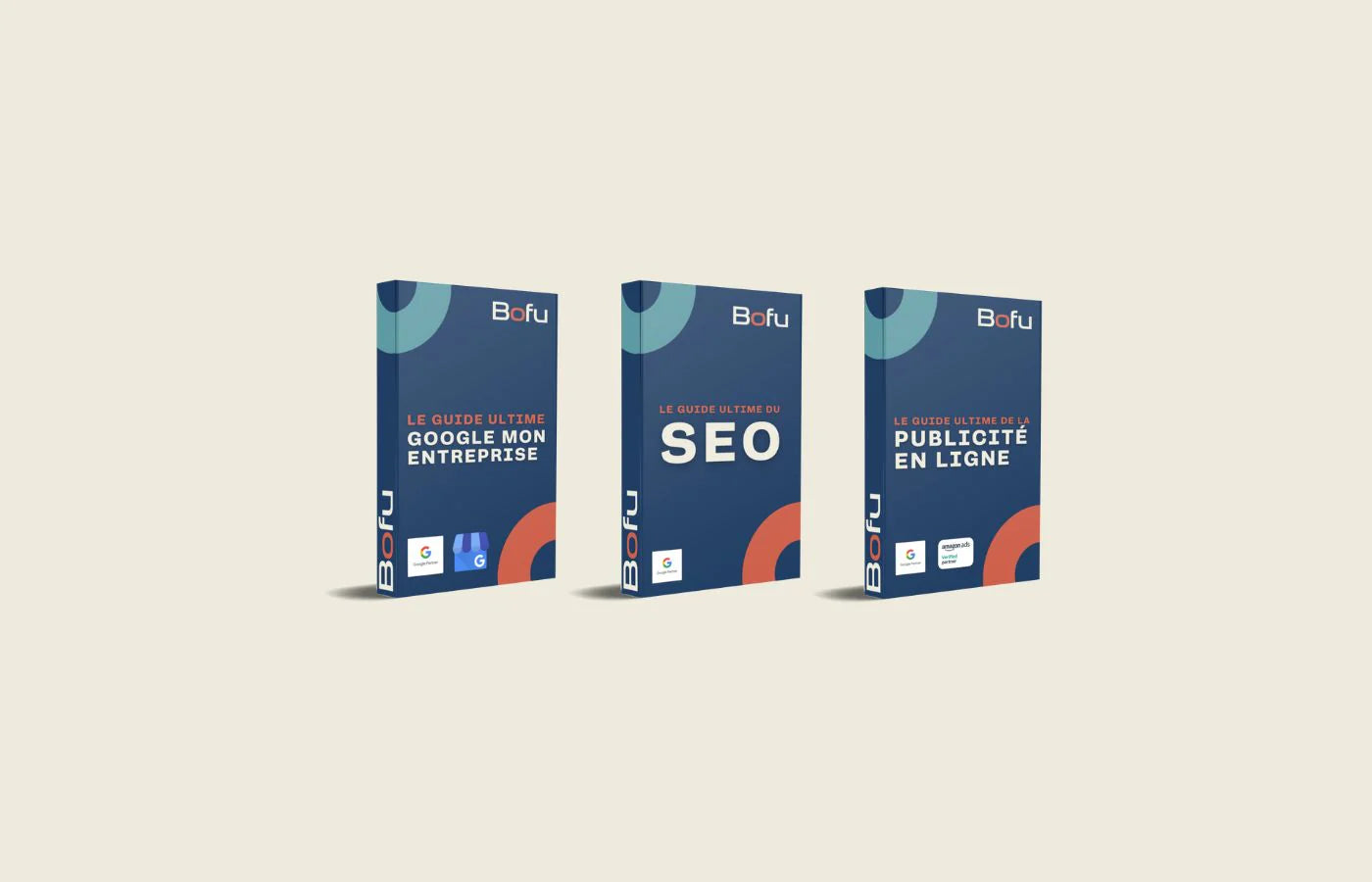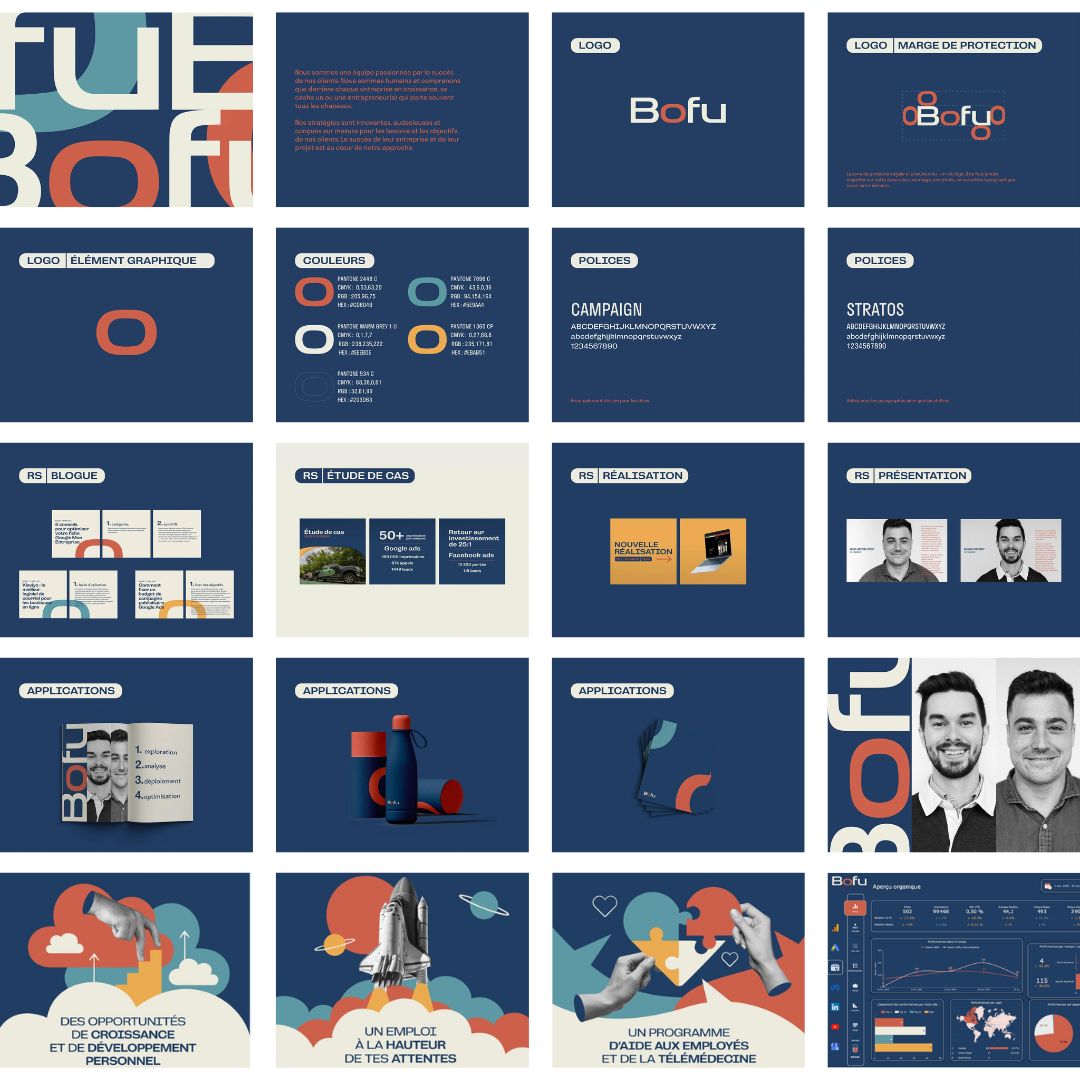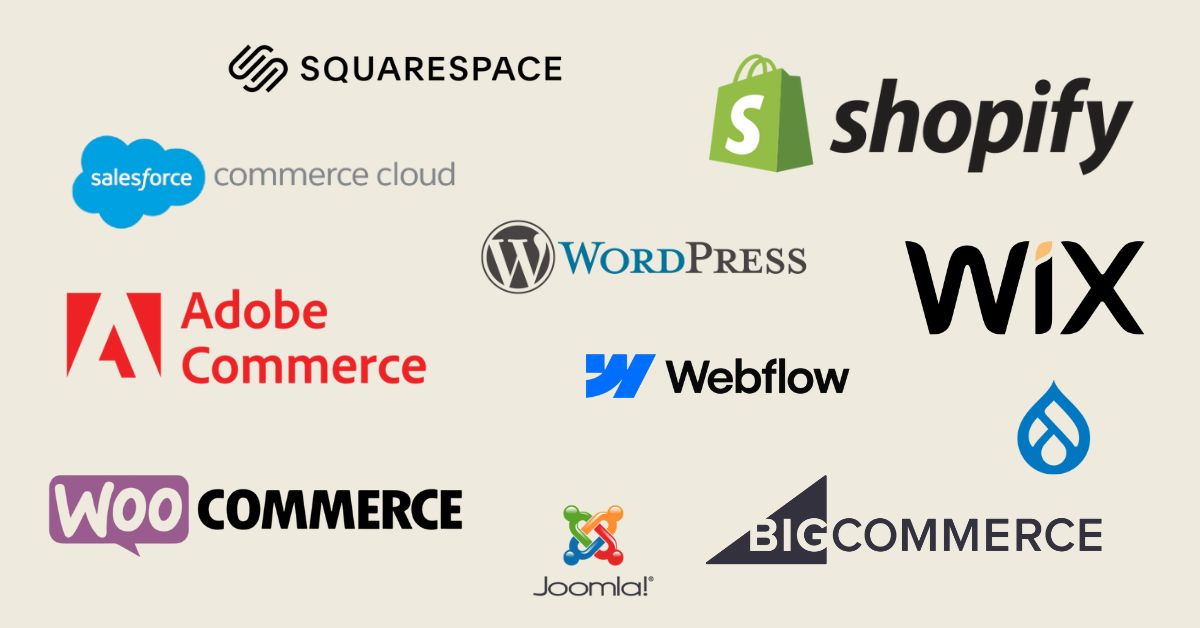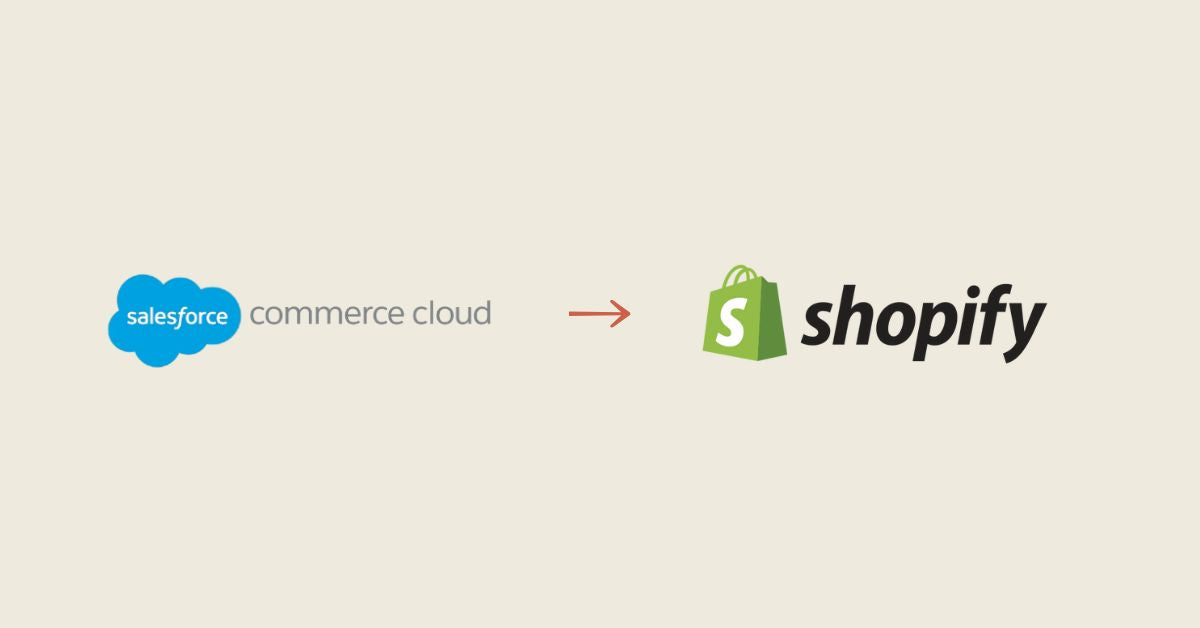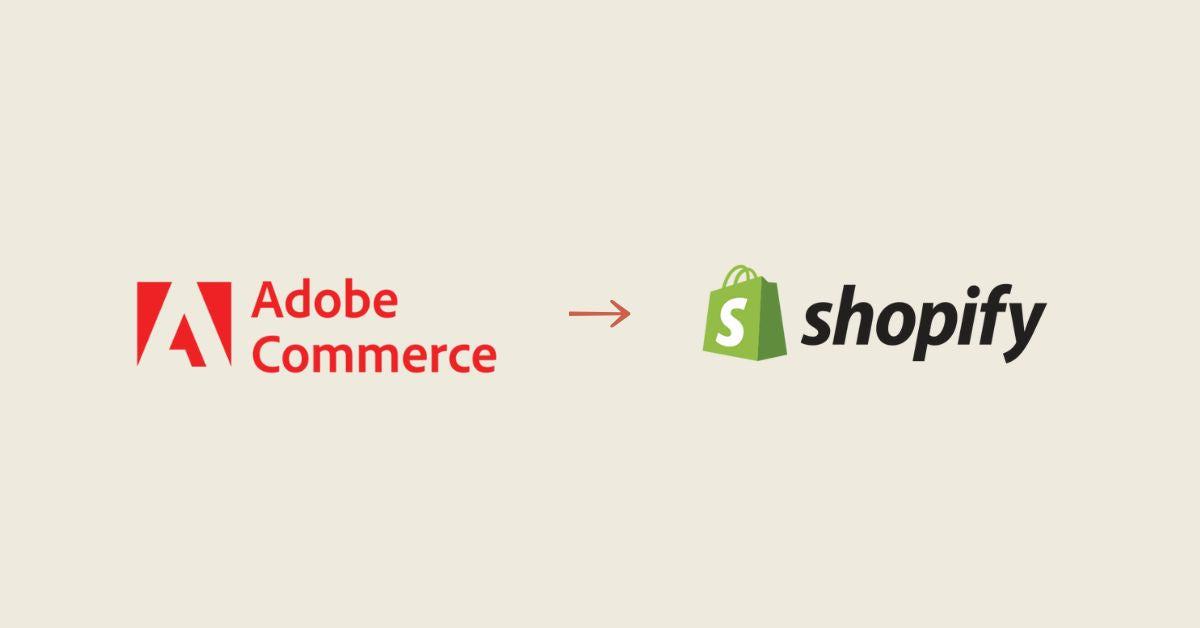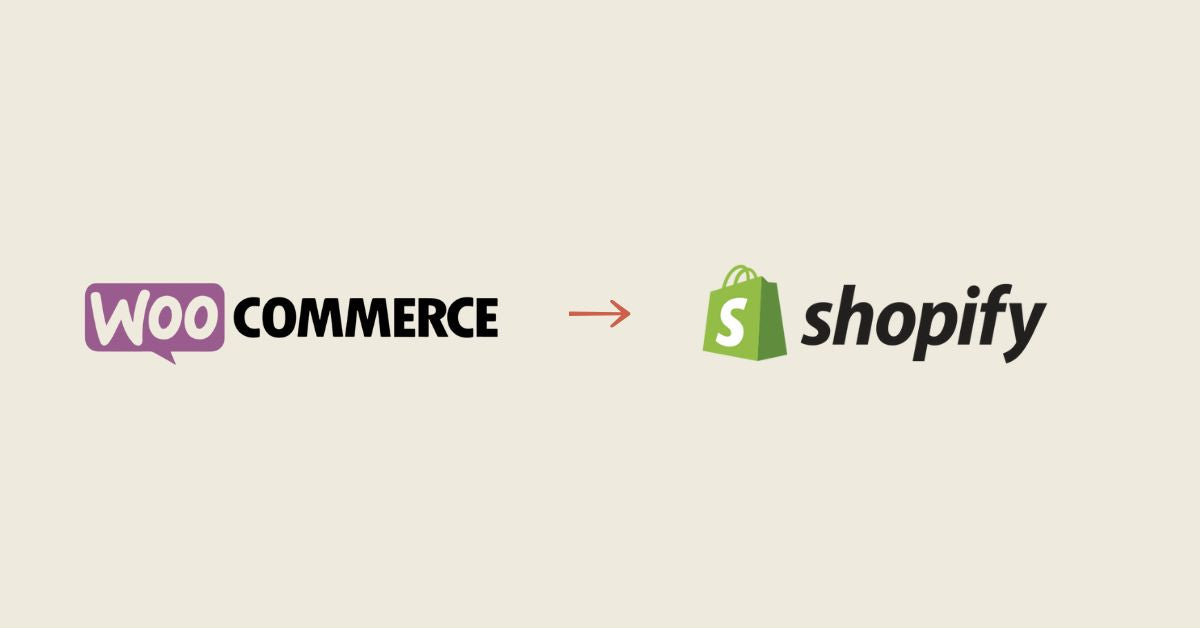The business world is constantly changing, and companies must adapt to stay competitive. One of the key strategies for staying relevant is rebranding. But how do you know when it's time to review your visual identity and why do it? In this article, we'll explore in-depth the signals that indicate a rebrand is necessary and the compelling reasons behind it.
Signals of a Necessary Overhaul
Shifting Business Strategy: When your business evolves to new goals, markets or values, your brand must follow. A significant change in company strategy may require a redesign to reflect these new directions. For example, if a beauty company decides to switch to eco-friendly products, its brand must evolve to communicate these eco-friendly values.
Loss of Relevance in the Market: A brand that no longer resonates with its target audience loses relevance. If sales are declining and competition is gaining ground, it's time to react. A famous example is that of Kodak, which failed to adapt to the digital age and lost its leading position in the photography market.
Evolving Target Audience: Consumer preferences are evolving, and your brand must evolve with them. If your target audience changes, new generations enter the market, or customer expectations evolve, a brand overhaul may be necessary to stay relevant. For example, a children's clothing company may need to adjust its image to appeal to millennial parents.
Bad Reputation: If your business has experienced reputation issues, a rebrand may be a strategy to turn it around. This could include resolving quality issues, communicating transparently about past issues, or changing perceptions through a new visual identity .
Examples of Bad Decisions in Brand Redesign
Gap: In 2010, Gap unveiled a new logo which was widely criticized by the public. Consumers were attached to the old iconic logo, and the change sparked an outcry. Gap quickly abandoned the new logo and reverted to the old one.
Tropicana: In 2009, Tropicana launched a new packaging design that ditched its classic orange-with-a-straw logo. Consumers did not recognize the brand, leading to a 20% drop in sales in two months. Tropicana has returned to its old design.
Yahoo: In 2013, Yahoo unveiled a new logo that was widely criticized for its lack of creativity. The company spent a lot of money on this change, but it did not improve its position in the market.
Impacts on the Team and the Organization
Employee Mobilization: Employees must be informed and engaged during a brand redesign . They need to understand the reasons for the change, the new direction of the company and their role in implementing the new identity. Transparent communication and awareness workshops can help mobilize the team.
Training: If the redesign involves new processes, tools or values, adequate training is essential. Employees must be prepared to implement the new brand strategy effectively.
Cultural Alignment: A brand redesign can also lead to cultural realignment within the organization. Employees must adhere to the new values and vision of the company. This may require adjustments to company culture and internal policies.
Impact on Productivity: During the transition period, there may be a temporary drop in productivity as employees adapt to the changes. However, a successful redesign can boost long-term motivation and engagement.
Change in Roles and Responsibilities: Some employees may see their roles and responsibilities evolve based on the new brand identity. It is essential to clarify these changes and provide appropriate support to ease the transition.
Resistance to Change: Some employees may resist change, particularly if they are attached to the old brand identity. Change management is essential to minimize this resistance and facilitate a smooth transition.
In short, a brand redesign is a complex process that must be driven by clear signals and planned carefully. It impacts the entire organization, from employees to customers, and can be a powerful engine of renewal and growth when executed well.
Our Brand Redesign Process
1. Analysis: In this first phase, we dive deep into analysis. Once we have identified your competitors and their positioning, our goal is to determine your differentiator. That is, what sets you apart from the competition in your market. This in-depth analysis will lay the foundation for the transformation to come.
2. Definition: We firmly believe that clearly defining objectives is essential for the success of any project. In this stage, we work closely with you to define your objectives, plan a realistic work plan and help you in its execution. After all, a well-developed plan is only valuable if it is executable in the reality of your business.
3. Immersion: Our team immerses itself in your world. We seek to quickly understand the environment and market in which your business operates. This immersion allows us to become true experts in your company and to better understand your needs.
4. Vision: Drawing on our analytical expertise, we work with you to develop and execute an optimized marketing strategy. Our goal is to create a strategy that you can easily operate and execute subsequently, thus ensuring the sustainability of your visual identity.
5. Positioning & Communication: Through workshops and in-depth discussions, we articulate the brand positioning and define the multiple elements necessary for your business. This step is crucial to ensure that your new visual identity is in line with your vision.
6. Brand Strategy: We deliver a comprehensive brand strategy, including a comprehensive analysis. In addition, we help you integrate this strategy into your organization. Our analysis will give you an in-depth understanding of your business and your market. We also provide a comprehensive digital strategy, which can be combined with traditional marketing .
7. Logo and Branding Creation: Creating a memorable logo is essential, but our approach goes beyond that. We create brands that will stay relevant and evolve with your business. While branding is about more than just designing a logo, we recognize the crucial role of a logo and what it communicates.
8. Bold Visual Identity: By adapting and testing brand building blocks, we create bold visual identities that represent you and are aligned with your overall strategy.
9. Brand Manifesto and Guide : Your brand manifesto is a powerful statement of intent that underpins everything your company stands for. We ensure that it is conveyed both internally and externally to your organization. Your manifesto should shine through in everything you do or sell, reinforcing your visual identity and brand reach.
Strong branding starts here. Embark on a redesign adventure with us on our service page .
Conclusion
The decision to rebrand is a crucial step for any business. The signals indicating the need for a redesign are varied, from strategic changes to market and customer developments. It is essential to make informed decisions, learning from examples of past poor decisions. Additionally, it is imperative to understand the potential impacts on the team and the organization as a whole.
A well-executed brand redesign can revitalize the business, strengthen its market position and improve customer perception. However, it must be planned carefully, engaging employees, providing adequate training and proactively managing change. Ultimately, a successful brand redesign is an opportunity to reinvent yourself and thrive in an ever-changing business landscape.
